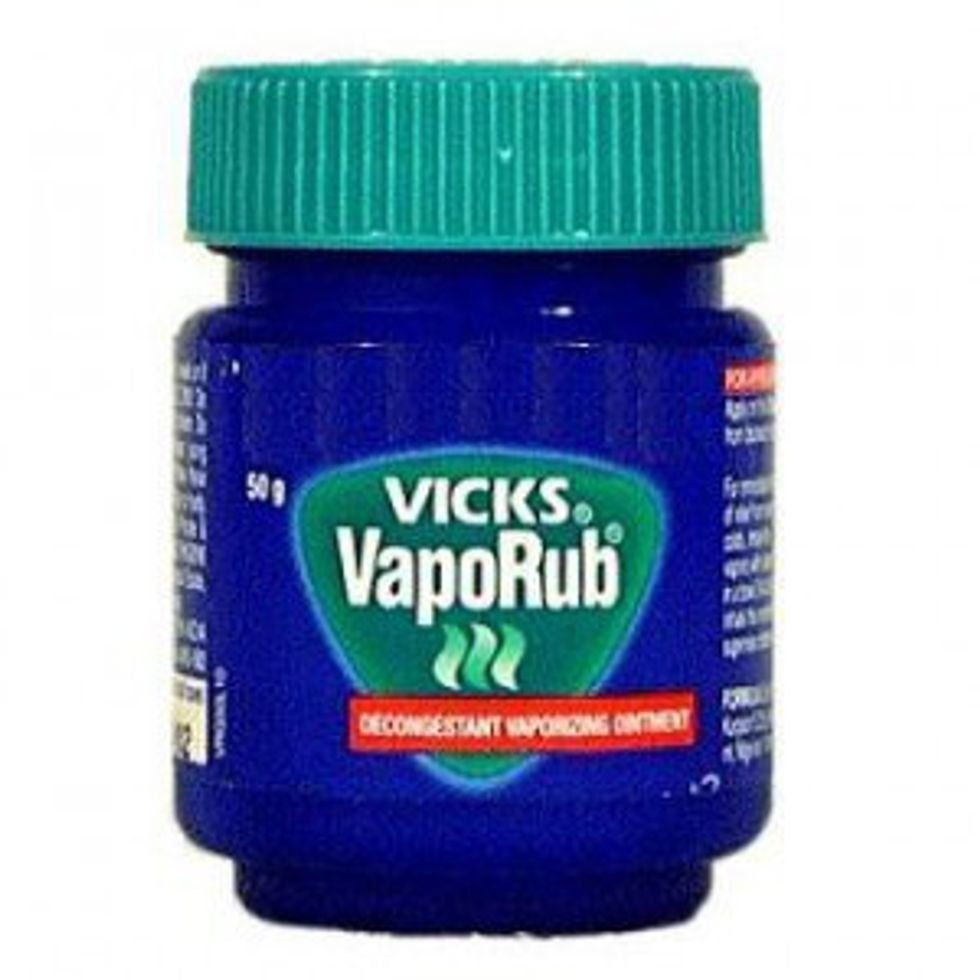“Let thy food be thy medicine and thy medicine be thy food” - Hippocrates, 460-370 B.C.
Good health makes a lot of sense, but it doesn’t make a lot of dollars. You are what you eat, food does matter. In ignorance, we are committing a crime against ourselves and our families. "What are we guilty of?" you may ask. Unwise shopping and improper selection of the food we consume.
Are we even aware of what we are eating? Have we even bothered to find out about labeling, how to read and understand it? Are we aware that some of the food items we purchase are labelled as ¨Genetically Engineered”? What exactly are genetically engineered foods, or “frankenfoods,” and who is eating them? Most people in the United States don’t realize that they have been eating genetically engineered foods since the mid-1990s. More that 60 percent of the processed foods on the U.S. supermarket shelves—including pizza, chips, cookies, ice-cream, salad dressing, corn syrup and baking powder—contain ingredients from engineered soybeans, corn, or canola (Web).
As consumers, we should become aware and educated as to effects of consuming genetically engineered food. The topic is very broad, but according to my research, genetically engineered foods, simply put, are “made in a laboratory.” The fact that GMOs are created in a laboratory has earned it the name "frankenfoods." Frankenstein was the name of a monster who was created in a laboratory by a scientist. Chances are, we all are consumers of GMO foods, and as for the benefits, as with any other products, there are risks and benefits involved. In fact, genetic modification is not new. Humans have been altering the genetic makeup of plants for thousand of years, keeping seeds from the best crops and planting them in the following years, breeding and cross-breeding varieties to make them taste sweeter, grow bigger, and last longer. The technique of the genetic engineer is new, however, and quite different from conventional breeding. Traditional breeders cross related organisms whose genetic makeups are similar. By contrast, today’s genetic engineers can transfer just a few genes at a time between species that are distantly related, or not related at all. GMO foods are simply different. Genes from unrelated plants and animals can be joined together in a laboratory in ways that can never happen in nature. For example, they can put a rat gene into lettuce to make a plant that produces vitamin C, or they can put genes from the cecropia moth (North America ‘s largest silk moth) into apple plants. The purpose for genetically engineering food is to help farmers deal with age-old agricultural problems such as weeds, insects, and diseases by producing super foods that are resistant.
A 2012 French study published in the international journal, Food and Chemical Toxicology, which is the only study to examine the long-term effects of GMOs, found that rats fed a diet of Monsanto’s GMO corn developed enormous tumors and suffered organ damage. The effects were particularly bad for the female rats. The top ten GMO foods to avoid are: canola oil, corn, cotton seed oil, papaya, soy, sugar beets, yellow squash, and zucchini.
Jeff Gilman, professor of nursery management at the University of Minnesota, says the best way to minimize exposure to GMO foods is to buy local produce at a local farmer´s market. Start looking for foods with non-GMO labeling. Avoid products made from soy, corn, corn oil, and canola. Instead, purchase products listed on a non-GMO shopping guide. Shopping organic is one of the best steps you can take toward ensuring that you and your family eat the healthiest foods possible. Choosing products that are certified organic and verified non-GMO is the best way to make sure you are getting the safest, healthiest, highest-quality food for your family. The sad truth is many of the foods that are most popular with children contain GMOs. Cereals, snack bars, snack boxes, processed lunch meats, cookies, and crackers all contain large amounts of high-risk food ingredients. In North America, over 80 percent of our food contain GMOs.
The time to take action is now! Get involved in targeted boycott and petition campaigns. Work with others to get a bill to be passed to ban GMO from our food supply and create a healthier food system. Let’s raise our voices and lobby for the labelling of GMO foods. Remember, good health makes a lot of sense, but it doesn’t make a lot of dollars.



















